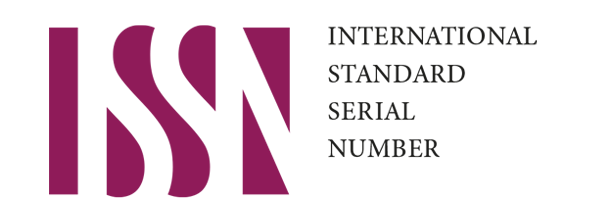Teacher Strategies for Developing the Art of Dance in early Childhood at the Citra Mandiri Kindergarten Batang Quiz District
DOI:
https://doi.org/10.51178/jsr.v5i2.1957Keywords:
Teacher Strategy, Dance, Early ChildhoodAbstract
Early Childhood Education (PAUD) is a platform that not only helps develop and channel children's talents and interests, but also develops aspects of child development, such as one aspect of art, in this case dance for early childhood. Dance plays an important role in children's development, because dance helps equip children with life skills in accordance with educational goals, namely learning how to or thinking skills, learning to do or the ability to do or act, learning to be or the ability to perform, learning to learn or the skill to learn, and learning to life or the skill to live together. This research aims to find out teachers' strategies for developing dance talent in early childhood and the obstacles faced in developing dance talent in early childhood at the Citra Mandiri Kindergarten Batang Quiz. At the Citra Mandiri Batang Quiz Kindergarten, children who have dance talents can be channeled optimally, which can be seen from the trophies obtained from the results of competitions in which children at the Citra Mandiri Batang Quiz Kindergarten participate. This research is qualitative research with a descriptive approach. The results of this research are as follows: the strategies used in developing children's dance talents are providing dance facilities and infrastructure, giving gifts/rewards, choosing interesting songs for children and creating interesting and simple movements, using dance props and dance costumes, holding competitions with other schools, and the teacher has dance talent. This research aims to provide teachers with learning strategies in developing the art of dance in early childhood at TK Citra Mandiri, Batang Kuis sub-district.
Downloads
Published
Issue
Section
License
Copyright (c) 2024 Education Achievement: Journal of Science and Research

This work is licensed under a Creative Commons Attribution-ShareAlike 4.0 International License.














